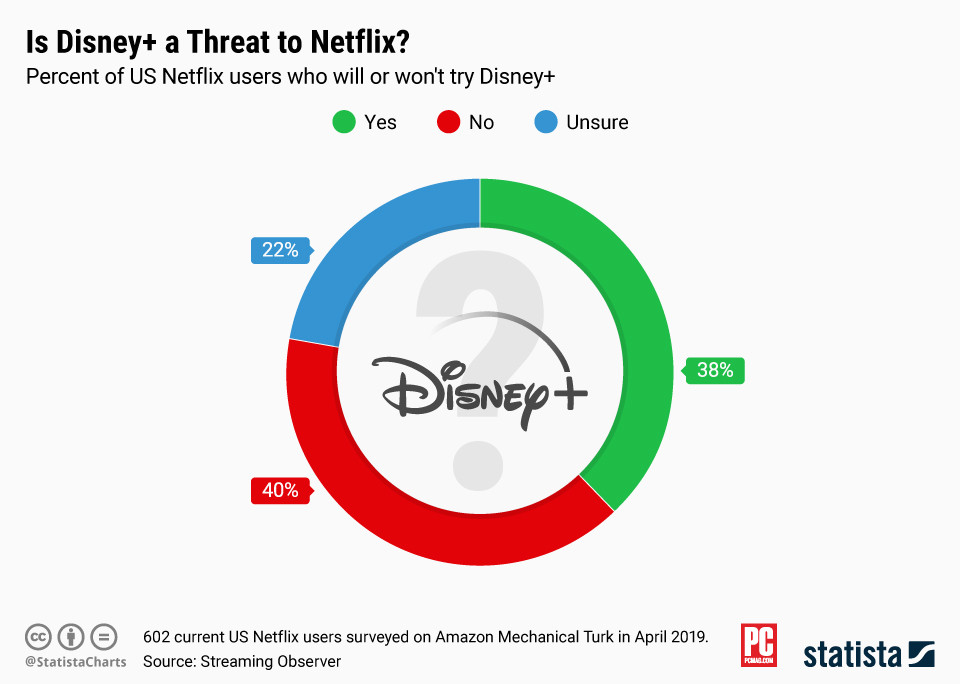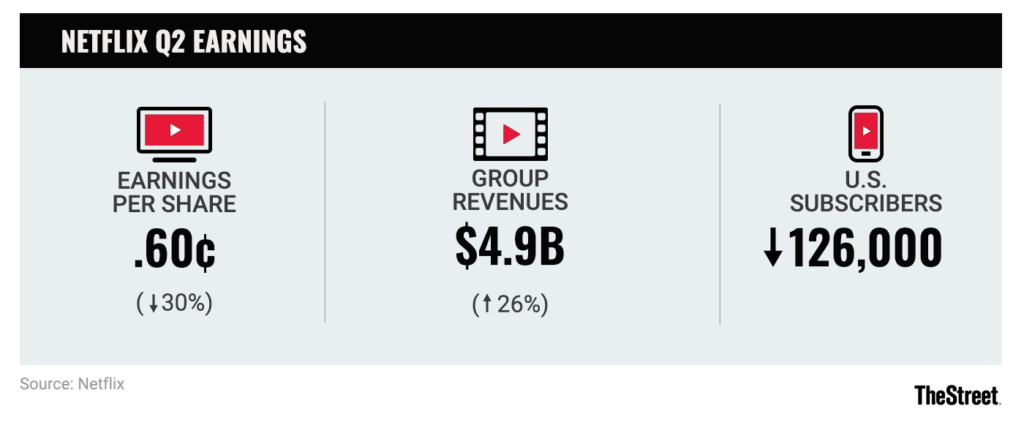
Often known for keeping their viewership figures close to the chest, Netflix has decided to be transparent, sort of. Last month Netflix declared that viewership of season 3 summer hit show Stranger Things was viewed by 45 million household subscribers. Despite this transparency, the viewership shared by the company have been met with sharp skepticism.
Unlike traditional broadcast networks, Netflix self-reports their viewing figures to the public. In the past, shows aired on television networks like ABC, CBS, and FOX would have a third party media research firm such as Nielsen analyze viewership. Networks like ABC and CBS do have their own internal media research teams, but their numbers are often cross analyzed by third party media research firms. Netflix numbers are not vetted. They are simply funneled to news agency and posted on Twitter.

So what’s the big problem? What does this mean to you? Well, let’s break down how the traditional system worked. The traditional model for network television relied on commercials to make money. When an advertiser is alerted to high viewership on a network, they would advertise around the shows program blocks. To create trust with the advertisers, the network would be inclined to provide actual and verifiable data. Netflix has changed this model by making its money through its online video subscription fees. The online streaming service has gotten rid of airing blocks by allowing viewers to stream their programs when they want and where they want further complicating the analysis of viewing data. The company has a lower incentive to share data with the public because it doesn’t run ads. Inflating viewership numbers provides a greater opportunity to attract new viewers and top talent.

Last year, Netflix spent billions on content and on poaching top talents like Shonda Rhimes, Kenya Barris, and Ryan Murphy. Netflix has yet to reveal its content budget, the company still plans to bring in new creatives to fill its content library. It’s often perceived that Netflix is sitting on a mountain of money to which they have no end, however, last year the streaming had a negative free cash flow of $3 billion. Netflix is spending a lot more than it is bringing in. To make matters worse, the streaming wars are picking up with services from Apple and Disney slated to start later this year. So when Netflix posts viewership numbers for “Bird Box” 80 million and 45 million views per household for Stranger Things it’s a signal to investors, consumers, and content creators to support Netflix.
The question for me is this correct? Is it correct for Tesla to self-report that their cars are the safest in the world without a third party vetting? Is it good practice for a video game company to say their products are purchased the most with no verification? Do we enjoy when our cell phone companies say they have the best networks in the world without proof? Is it correct to do this to grow your company? I mean all companies try to present their product in a positive light. Right…?

Well, if we are playing the numbers game with Netflix here’s a number they have deal with 10.3%. Netflix’s stock dropped 10.3% or $17 billion after losing 126,000 subscribers and failing to reach its global subscription goal of 2.3million. Just to note a loss of $17billion would be the end of network like CBS. Netflix can recover from this financial blow, but this brings into question were the streaming figures ever true? Are Netflix’s viewing numbers the new fake news?

One Response to Netflix are you lying about those viewership numbers?